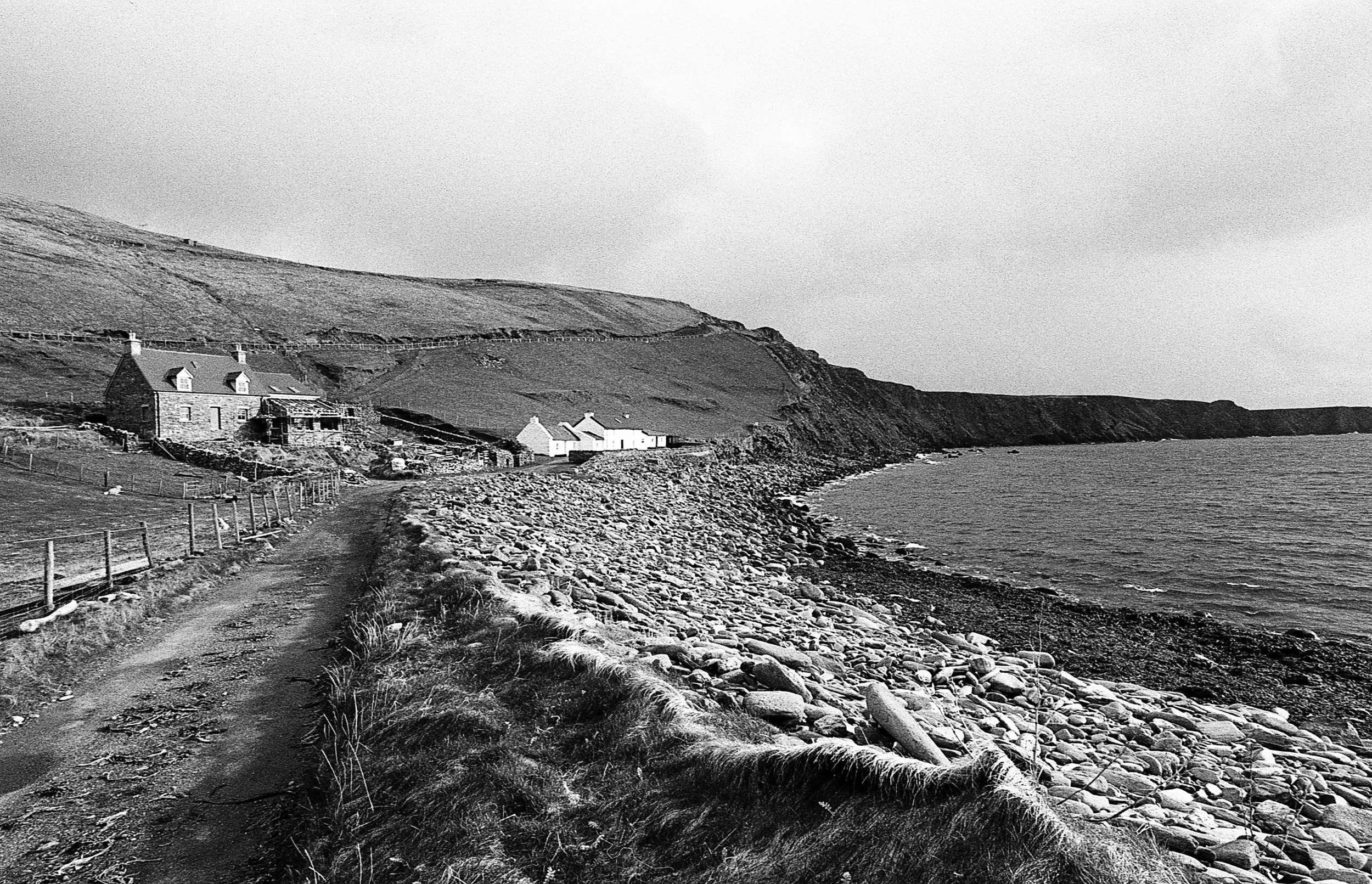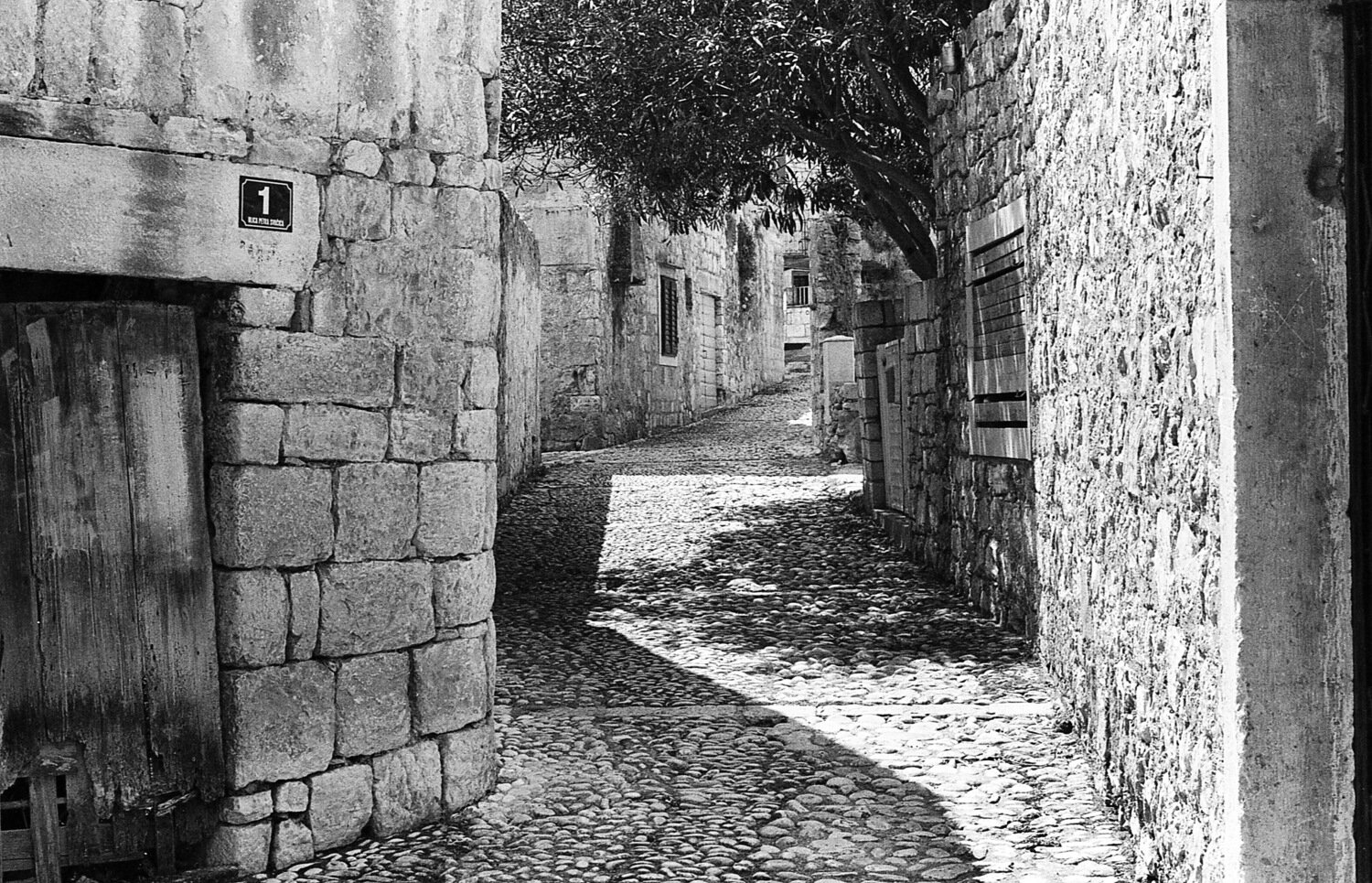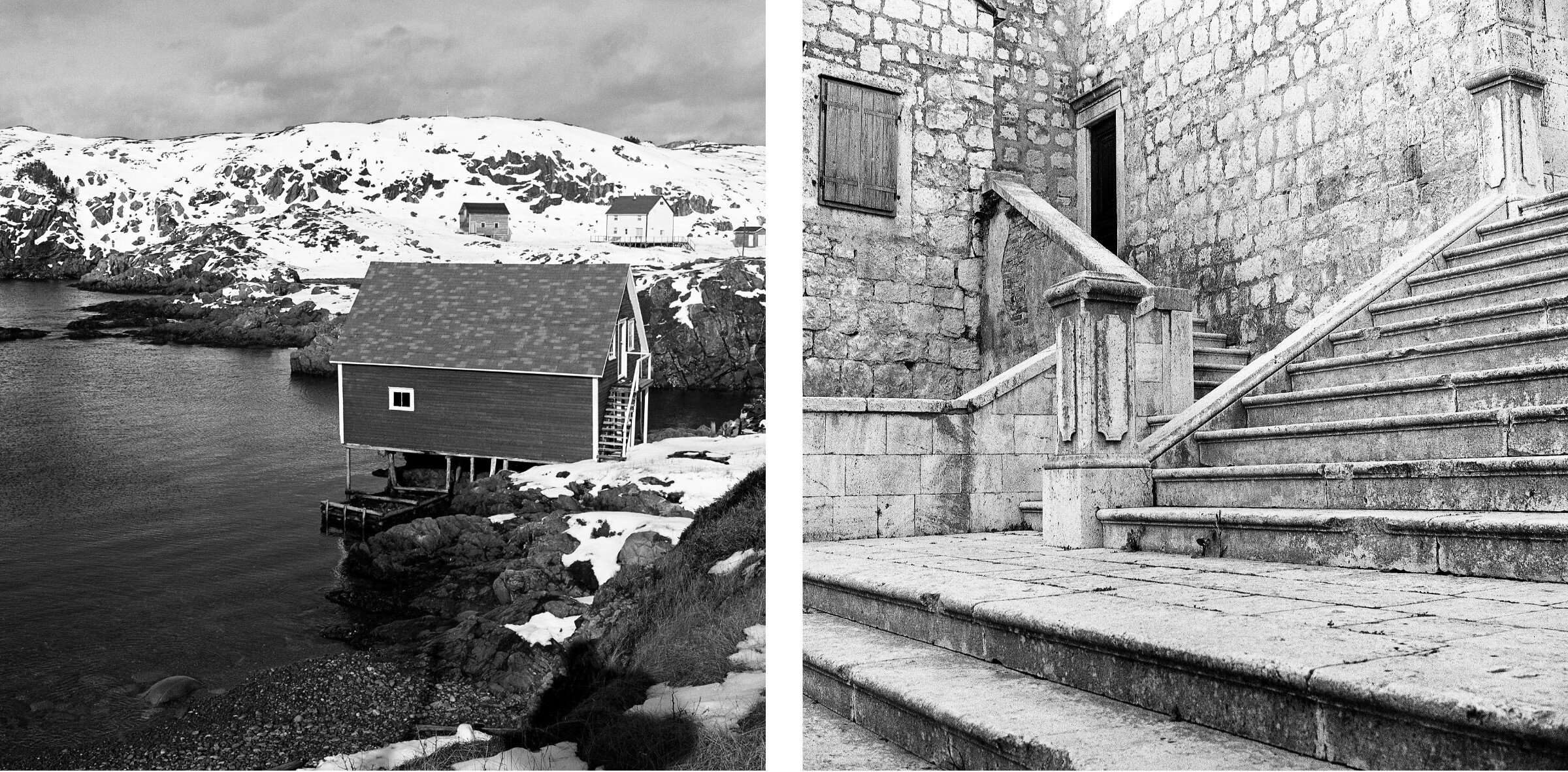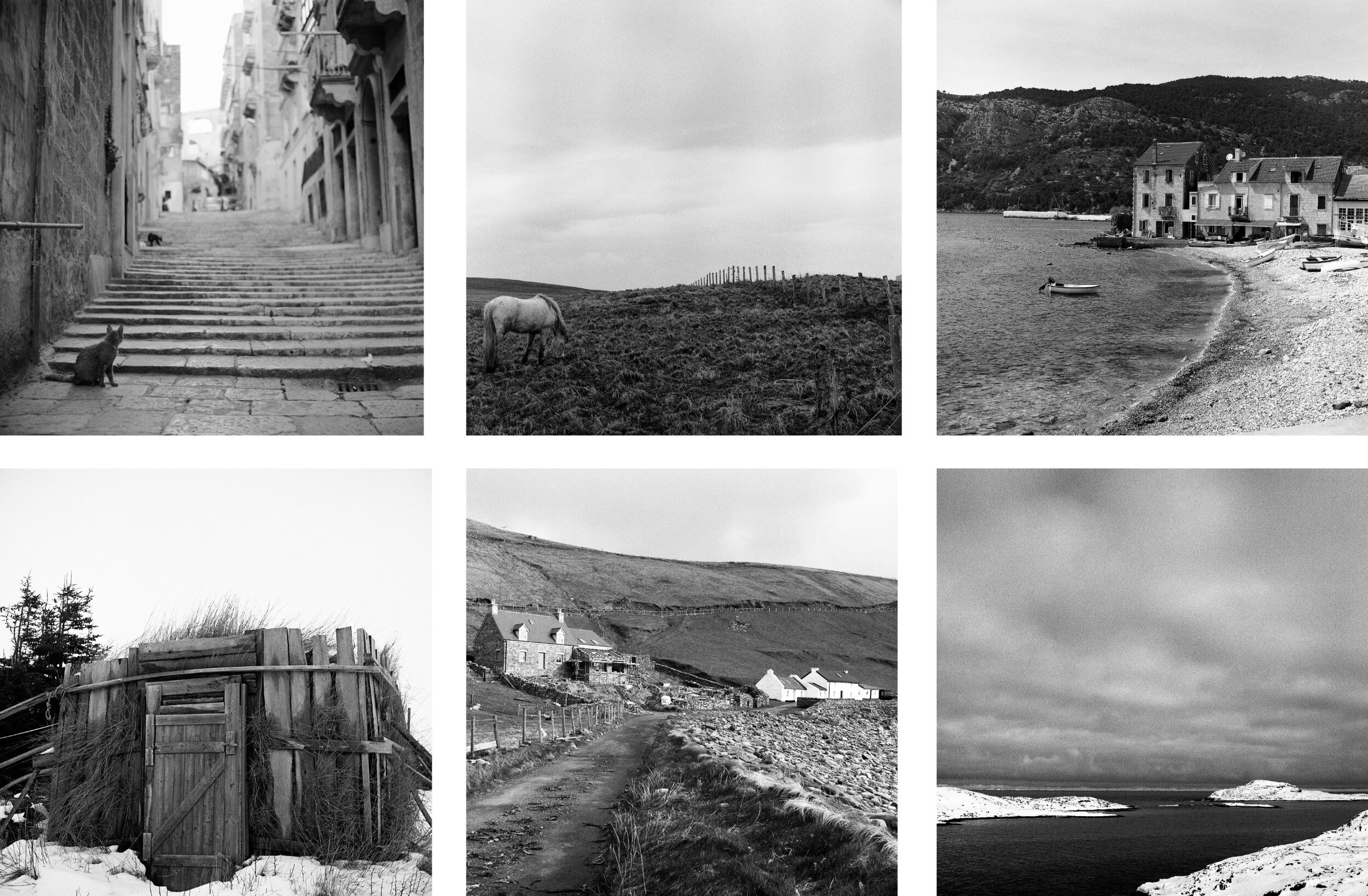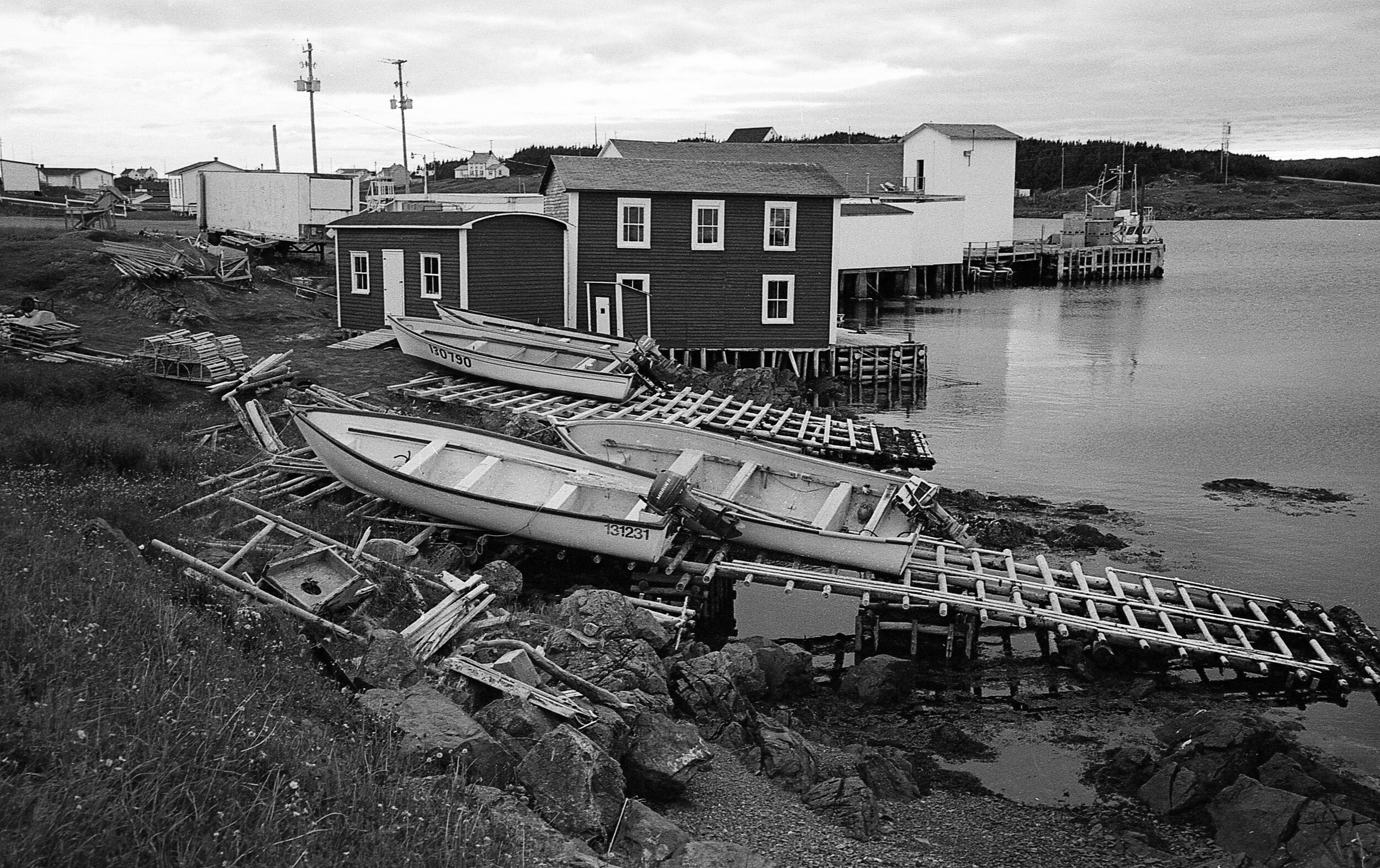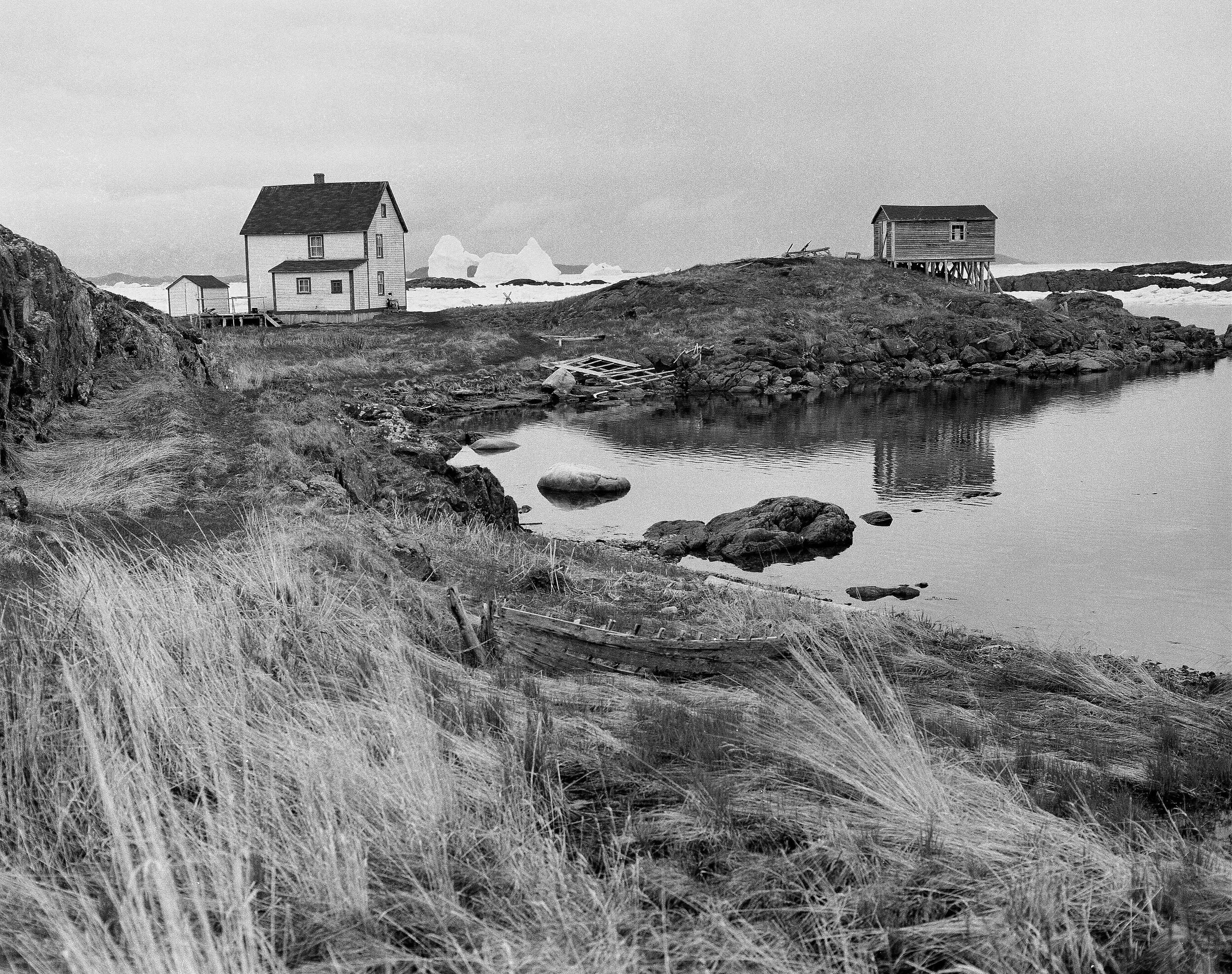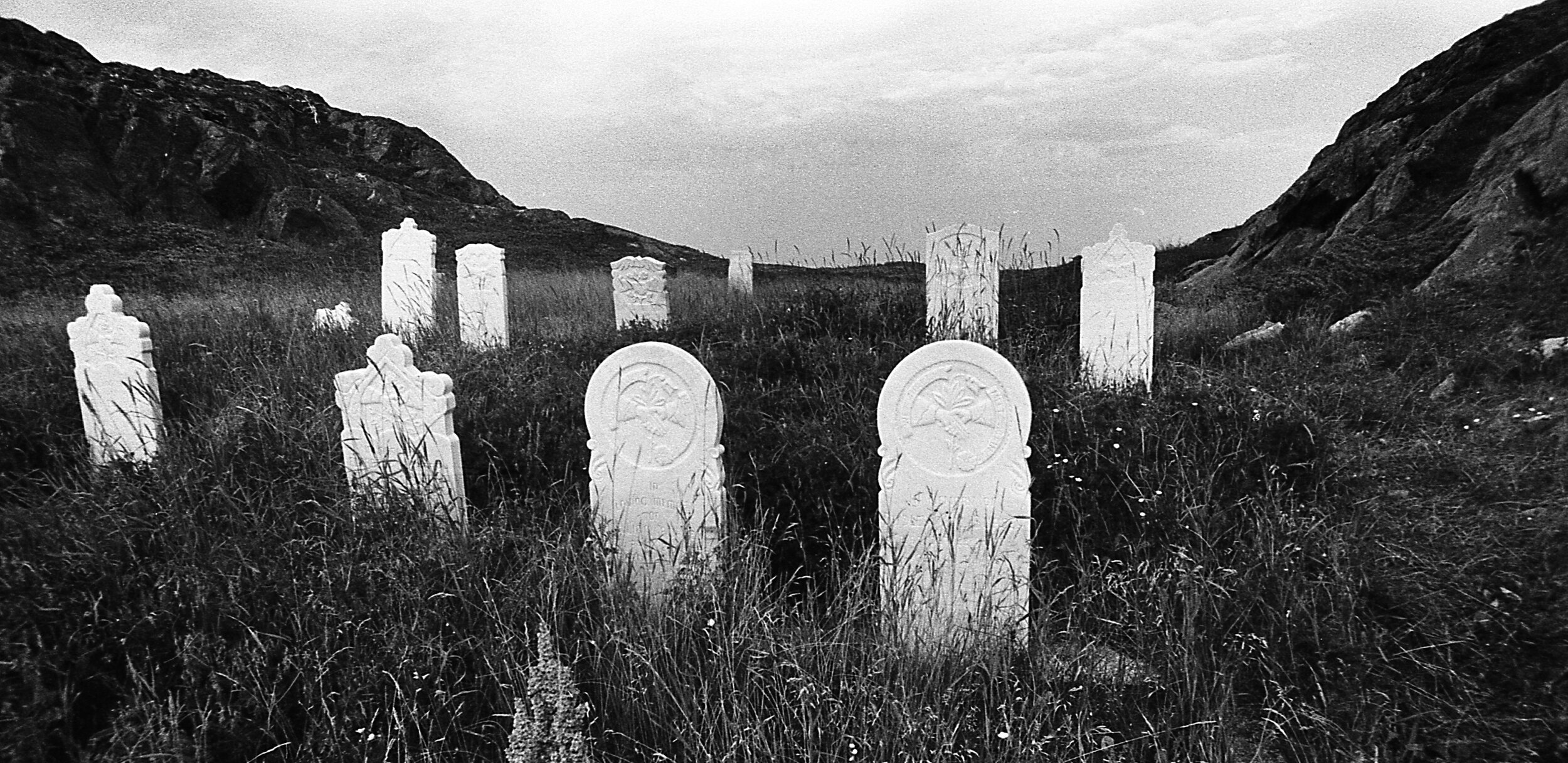Revisiting the Islands
THIS JUNE, IN MY DAY JOB, I was supposed to host an academic conference on small islands. Like everything else on the planet, that got postponed until the next year. In the meantime, I offered a podcast platform my partner and I built to the International Small Island Studies Association as a way to keep in touch during this pandemic and so for the past couple of months I have been hosting OTOK — a podcast about islands.
It’s been years since I actually immersed myself in the subject of islands. Between 2010 and 2015 I was finishing my graduate degree in geography when I made a series of photographs on Croatian island of Vis, Fogo Island and Change Islands, Shetland Islands, and Malta. Photographically, it was a strange time. The research ethics board at the university I studied at made photographing people virtually impossible so I became a landscape photographer. Every time I pressed the shutter I felt guilty for erasing the islanders from their own islands — boats without boatbuilders, fishing premises without fishermen, churches without the faithful, and towns without any sign of activity at all. It turned out that nobody else had an issue with it and I eventually graduated without a problem.
Looking over those photos with their vacant streets, empty harbours, and deserted wharfs and beaches, I am struck how eerily they resonate with this age of the pandemic. At the time, I mostly worried they were another set of photographs that deliberately erased islanders from existence so that their islands can be imbued with the usual mainland tropes as places where the time stands still, where the old ways still hold, and where, if you look hard enough, you might find yourself — whatever that means. Now? Now they are somehow different.
The reason I was looking over these photographs in the first place is a series of excellent videos featuring Marc Prüst, a photo editor with Forhanna Foundation. One of those videos looks at bodies of work that, due to sudden change in context, regain urgency and relevance because they provide us with an insight and a way of thinking about the present through the experiences of the past. And the past is haunting islands in many ways these days.
Islands are different places. And not just because their geography is compelling with their edges defined by the meeting of the worlds of land and water. Geographer Yi-Fu Tuan saw them as having a “tenacious hold on the human imagination.” We, especially in the West, think with islands, claimed John Gillis in his book Islands of the Mind. The islands serve us as metaphors, they help us imagine worlds that could be, they shape our understanding of the world that is, and provide us with grounds for experimentation, leisure, discovery, confinement, and unimaginable destruction.
The stories of islands that are emerging in this pandemic are often reminiscent of much older and darker tales. In Slavic tradition, Island of Buyan is a hard to find place where many things are kept for safekeeping including the stone of Alatyr with its magical properties that can offer healing and eternal happiness. In a story I grew up with about fisherman Palunko and his wife, the Island of Buyan is guarded by three terrifying giants: the mother of all birds, the mother of all snakes, and the mother of all bees. The island is the gateway to the fabulously rich court of the Sea King where the stone of Alatyr provides the light instead of the sun. And so islands for Croatian mainlanders have always been places of refuge. In our recent collective memory, they sheltered thousands of refugees during the Independence War in the 1990s. So what would be more normal than for those who have second homes on islands to seek refuge from the novel corona virus in one place that the enemies could never reach — an island? But this time it was different. As Nenad Starc, an economist and island scholar from Croatia tells it, this time they brought the enemy with them.
This was not just a Croatian response to the pandemic. Similar stories came from islands in Spain, France, and Japan. Francesco Sindico, from the University of Strathclyde, is collecting island responses to CVOID-19 from around the world so that we can all learn and relearn lessons in disease spread, isolation, insularity, and public policy.
The urge to seek refuge on islands is ironic given that it conveniently disregards the history of islands near Dubrovnik, for example, which, in the 14th century, were used as places of isolation for ships and passengers suspected of carrying the Black Death. The most famous of such quarantine islands in the Adriatic is Santa Maria di Nazareth in the Venetian Laguna where during the plague that ravaged the city in the Middle Ages, ships were held for forty days (quaranta giorni) likely giving us the word quarantine.
The practice of using islands as places of isolation and quarantine is common around the world. For years, I used to look every day over Partridge Island just outside of the Port of Saint John, Canada, when we lived in the city. It wasn’t the plague the island was supposed to protect the residents from, but the Irish escaping famine and looking for a better life on the shores of North America even if they knew that a third of them would die during the passage. Typhoid fever would wreck havoc on those that made it to the continent where over 15,000 found themselves on Partridge Island awaiting permission to cross the narrow strip of water separating them from the mainland.
None of those stories come even close to the dread and horror surrounding the island of Poveglia, also in the Venetian Laguna. It served as a quarantine island during the plague pandemics just like several other islands in the region including the Santa Maria di Nazareth. So many, tens of thousands, perished there that the rumour has it the soil itself is made of human remains. Later, in the first part of the 20th century the island became the site of a mental hospital and the whispered legend claims that a mad doctor tortured and mutilated many of his patients until he fell off the bell tower — whether accidentally or with help is not clear.
Today, we still confine people on islands against their will. We label them illegal and pen them in places such as Nauru and Manus islands. Or we declare them “enemy combatants” and keep them in places like Guantanamo. This fear of the other is, apparently, just as strong as the fear of a new disease.
Some of the most harrowing photographs from this pandemic were made with a drone flying over New York’s Hart Island where bodies of dozens of patients who died from COVID-19 were buried in pine boxes in mass graves reminiscent of those on the Venetian islands. Hart Island’s history is just as disturbing as that of Poveglia. It was a training ground for African-American soldiers during the Civil War as well as a prison camp. It eventually became a home for a psychiatric hospital, tuberculosis sanatorium, a jail, drug rehabilitation centre, homeless shelter, a boys’ reformatory, and a potter’s field where the poor could be buried out of sight of the city’s rising fortunes. This time, the officials did their best to preserve the individuality of this pandemic’s victims who are finding their resting place next to those who died of Spanish Flu in 1918 and those who perished in the AIDS epidemic of the 1980s.
In my conversations about islands, it became clear that some islands, those that are always so isolated and so outside of the global shipping lanes and fishing grounds, have an opportunity to escape this pandemic. Limiting ferry traffic, tightly restricting access, and preventing contact with non-islanders in a self-imposed isolation are some of the measures that some of the islands are taking or considering taking. Of course they are. Who would not keep away a potentially deadly, incurable disease that slowly robs its victims of their ability to breathe? In my conversation with Godfrey Baldacchino, an island scholar from Malta, he raised a different question. He wondered how would those islands face the fact that they avoided the pandemic that the rest of the world lived through. It is a question that strikes at the core of shared suffering that makes us who we are. It is also a question we can contemplate today only because there are islands that make that question possible. ✖︎
